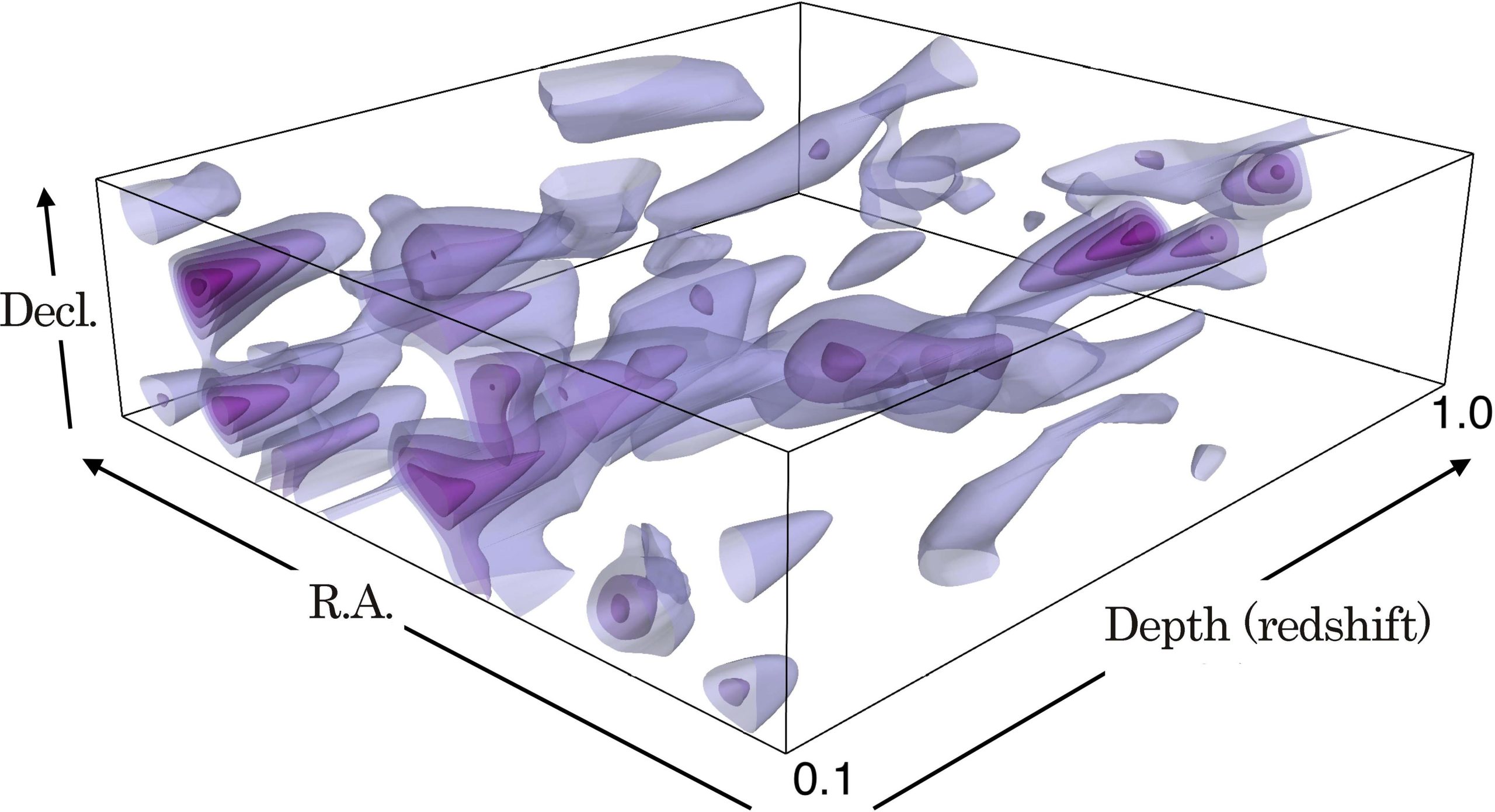

Abbildung 1: Beispiel eines mit HSC-SSP erhaltenen Bildes. Bildnachweis: HSC-SSP und NAOJ-Projekt
Astrophysiker haben herausgefunden, dass die „Klumpen“ dunkler Materie im Universum 0,76 betragen, eine Zahl, die im Widerspruch zum kosmischen Mikrowellenhintergrundwert von 0,83 steht, was auf mögliche Fehler oder ein unvollständiges kosmologisches Modell hinweist. Die Forschung nutzte Daten aus Subarus strategischem Hyper Suprime-Cam-Programm und wird diese maskierte Diskrepanz weiter untersuchen.
Ein internationales Team von Astrophysikern und Kosmologen verschiedener Institute, darunter NAOJ und das Kavli-Institut für Physik und Mathematik des Universums, hat eine Reihe von fünf Arbeiten vorgelegt, die den Wert der bekannten „Klumpen“ dunkler Materie im Universum messen Kosmologen als x8. Der gemeldete Wert beträgt 0,76, was mit den Werten übereinstimmt, die bei anderen Gravitationslinsenuntersuchungen im relativ jungen Universum gefunden wurden – aber nicht im Einklang mit einem Wert von 0,83, der aus dem kosmischen Mikrowellenhintergrund abgeleitet wurde, der auf die Zeit zurückgeht, als das Universum entstand War. Etwa 380.000 Jahre alt. Der Abstand zwischen diesen beiden Werten ist gering, scheint aber kein Zufall zu sein. Es besteht die Möglichkeit, dass in einer dieser beiden Messungen ein bisher unbekannter Fehler vorliegt oder dass das kosmologische Standardmodell auf interessante Weise unvollständig ist.
Das Standardmodell unseres Universums wird durch nur wenige Zahlen definiert: die Expansionsrate des Universums, die ein Maß für die Dichte der Dunklen Materie (S) ist.8), die relativen Beiträge der Bestandteile des Universums (Materie, dunkle Materie und dunkle Energie), die Gesamtdichte des Universums und eine technische Größe, die beschreibt, wie sich die Agglomeration des Universums auf großen Skalen mit der auf kleinen Skalen verhält. Kosmologen sind bestrebt, dieses Modell zu testen, indem sie diese Zahlen auf verschiedene Weise einschränken, beispielsweise durch Beobachtung von Schwankungen im kosmischen Mikrowellenhintergrund, durch Modellierung der Expansionsgeschichte des Universums oder durch Messung der Häufung des Universums in der relativ jungen Vergangenheit.

Abbildung 2: Beispiel einer 3D-Verteilung der Dunklen Materie, abgeleitet aus HSC-SSP. Diese Karte wurde anhand von Daten des ersten Jahres erstellt, die aktuelle Studie untersuchte jedoch einen Bereich des Himmels, der dreimal so groß war. Bildnachweis: Universität Tokio/NAOJ
Ein Team unter der Leitung von Astronomen der Kavli IPMU der Universität Tokio,[{“ attribute=““>Nagoya University, Princeton University, and the astronomical communities of Japan and Taiwan, spent the past year teasing out the secrets of the most elusive material, dark matter, using sophisticated computer simulations and data from the first three years of the Hyper Suprime-Cam Subaru Strategic Program (HSC-SSP). The observation program used one of the most powerful astronomical cameras in the world, Hyper Suprime-Cam (HSC) mounted on the Subaru Telescope. The HSC-SSP data that the research team used covers about 420 square degrees of the sky, about the equivalent of 2000 full moons.
Clumps of dark matter distort the light of distant galaxies through weak gravitational lensing, a phenomenon predicted by Einstein’s General Theory of Relativity. This distortion is a really small effect; the shape of a single galaxy is distorted by an imperceptible amount. But the team measured the distortion with quite high precision by combining the measurements for 25 million faint galaxies that are billions of light-years away. Then, the team measured the clumpiness of the Universe today (Figure 3).

Figure3: The measurement results of S8 parameter from HSC-SSP Year 3 data. The chart shows the results from four different methods, which used different parts of the HSC-SSP Year 3 data or combined the HSC-SSP Year 3 data with other data. For comparison, “Planck CMB” shows the measurement result for S8 from the cosmic microwave background data from the Planck satellite. “Other weak lensing results” shows the results from similar weak lensing measurements based on the Dark Energy Survey (DES) and Kilo-Degree Survey (KiDS) data. Credit: Kavli IPMU
The discrepancy between the S8 values of HSC-SSP and the Planck satellite is very subtle. The team thinks that the measurement was done correctly and carefully. And the statistics show that there’s only a one in 20 probability that the difference is just due to chance, which is compelling but not completely definitive. The team will further pursue this compelling inconsistency using the full HSC-SSP data set and refined methods. The team might discover something new about the Universe, so please stay tuned.
For more on this research, see Measuring Dark Matter With Hyper Suprime-Cam Reveals Discrepancy.
References:
“Hyper Suprime-Cam Year 3 Results: Cosmology from Galaxy Clustering and Weak Lensing with HSC and SDSS using the Emulator Based Halo Model” by Hironao Miyatake, Sunao Sugiyama, Masahiro Takada, Takahiro Nishimichi, Xiangchong Li, Masato Shirasaki, Surhud More, Yosuke Kobayashi, Atsushi J. Nishizawa, Markus M. Rau, Tianqing Zhang, Ryuichi Takahashi, Roohi Dalal, Rachel Mandelbaum, Michael A. Strauss, Takashi Hamana, Masamune Oguri, Ken Osato, Wentao Luo, Arun Kannawadi, Bau-Ching Hsieh, Robert Armstrong, Yutaka Komiyama, Robert H. Lupton, Nate B. Lust, Lauren A. MacArthur, Satoshi Miyazaki, Hitoshi Murayama, Yuki Okura, Paul A. Price, Tomomi Sunayama, Philip J. Tait, Masayuki Tanaka and Shiang-Yu Wang, 3 April 2023, Astrophysics > Cosmology and Nongalactic Astrophysics.
arXiv:2304.00704
“Hyper Suprime-Cam Year 3 Results: Measurements of Clustering of SDSS-BOSS Galaxies, Galaxy-Galaxy Lensing and Cosmic Shear” by Surhud More, Sunao Sugiyama, Hironao Miyatake, Markus Michael Rau, Masato Shirasaki, Xiangchong Li, Atsushi J. Nishizawa, Ken Osato, Tianqing Zhang, Masahiro Takada, Takashi Hamana, Ryuichi Takahashi, Roohi Dalal, Rachel Mandelbaum, Michael A. Strauss, Yosuke Kobayashi, Takahiro Nishimichi, Masamune Oguri, Arun Kannawadi, Robert Armstrong, Yutaka Komiyama, Robert H. Lupton, Nate B. Lust, Satoshi Miyazaki, Hitoshi Murayama, Yuki Okura, Paul A. Price, Philip J. Tait, Masayuki Tanaka and Shiang-Yu Wang, 3 April 2023, Astrophysics > Cosmology and Nongalactic Astrophysics.
arXiv:2304.00703
“Hyper Suprime-Cam Year 3 Results: Cosmology from Galaxy Clustering and Weak Lensing with HSC and SDSS using the Minimal Bias Model” by Sunao Sugiyama, Hironao Miyatake, Surhud More, Xiangchong Li, Masato Shirasaki, Masahiro Takada, Yosuke Kobayashi, Ryuichi Takahashi, Takahiro Nishimichi, Atsushi J. Nishizawa, Markus M. Rau, Tianqing Zhang, Roohi Dalal, Rachel Mandelbaum, Michael A. Strauss, Takashi Hamana, Masamune Oguri, Ken Osato, Arun Kannawadi, Robert Armstrong, Yutaka Komiyama, Robert H. Lupton, Nate B. Lust, Satoshi Miyazaki, Hitoshi Murayama, Yuki Okura, Paul A. Price, Philip J. Tait, Masayuki Tanaka and Shiang-Yu Wang, 3 April 2023, Astrophysics > Cosmology and Nongalactic Astrophysics.
arXiv:2304.00705
“Hyper Suprime-Cam Year 3 Results: Cosmology from Cosmic Shear Power Spectra” by Roohi Dalal, Xiangchong Li, Andrina Nicola, Joe Zuntz, Michael A. Strauss, Sunao Sugiyama, Tianqing Zhang, Markus M. Rau, Rachel Mandelbaum, Masahiro Takada, Surhud More, Hironao Miyatake, Arun Kannawadi, Masato Shirasaki, Takanori Taniguchi, Ryuichi Takahashi, Ken Osato, Takashi Hamana, Masamune Oguri, Atsushi J. Nishizawa, Andrés A. Plazas Malagón, Tomomi Sunayama, David Alonso, Anže Slosar, Robert Armstrong, James Bosch, Yutaka Komiyama, Robert H. Lupton, Nate B. Lust, Lauren A. MacArthur, Satoshi Miyazaki, Hitoshi Murayama, Takahiro Nishimichi, Yuki Okura, Paul A. Price, Philip J. Tait, Masayuki Tanaka and Shiang-Yu Wang, 3 April 2023, Astrophysics > Cosmology and Nongalactic Astrophysics.
arXiv:2304.00701
“Hyper Suprime-Cam Year 3 Results: Cosmology from Cosmic Shear Two-point Correlation Functions” by Xiangchong Li, Tianqing Zhang, Sunao Sugiyama, Roohi Dalal, Markus M. Rau, Rachel Mandelbaum, Masahiro Takada, Surhud More, Michael A. Strauss, Hironao Miyatake, Masato Shirasaki, Takashi Hamana, Masamune Oguri, Wentao Luo, Atsushi J. Nishizawa, Ryuichi Takahashi, Andrina Nicola, Ken Osato, Arun Kannawadi, Tomomi Sunayama, Robert Armstrong, Yutaka Komiyama, Robert H. Lupton, Nate B. Lust, Satoshi Miyazaki, Hitoshi Murayama, Takahiro Nishimichi, Yuki Okura, Paul A. Price, Philip J. Tait, Masayuki Tanaka, Shiang-Yu Wang, 3 April 2023, Astrophysics > Cosmology and Nongalactic Astrophysics.
arXiv:2304.00702
This research was supported by the National Science Foundation Graduate Research Fellowship Program (DGE-2039656); the National Astronomical Observatory of Japan; the Kavli Institute for the Physics and Mathematics of the Universe; the University of Tokyo; the High Energy Accelerator Research Organization (KEK); the Academia Sinica Institute for Astronomy and Astrophysics in Taiwan; Princeton University; the FIRST program from the Japanese Cabinet Office; the Ministry of Education, Culture, Sports, Science and Technology (MEXT); the Japan Society for the Promotion of Science; the Japan Science and Technology Agency; the Toray Science Foundation; and the Vera C. Rubin Observatory.

„Zertifizierter Unruhestifter. Freundlicher Forscher. Web-Freak. Allgemeiner Bierexperte. Freiberuflicher Student.“





More Stories
Die Federal Aviation Administration fordert eine Untersuchung des Misserfolgs bei der Landung der Falcon-9-Rakete von SpaceX
Identische Dinosaurier-Fußabdrücke auf zwei Kontinenten entdeckt
SpaceX startet 21 Starlink-Satelliten mit einer Falcon 9-Rakete von Cape Canaveral aus – SpaceflightNow